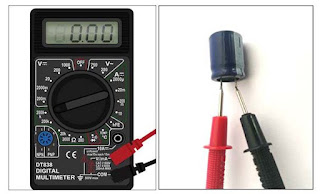Introduction(Sensors)
.png)
What is a Sensor? A sensor is a device that detects physical or environmental changes, including speed, pressure, temperature, light, heat, humidity, and more. Similar to our human senses like eyes, ears, and nose that collect information and send it to the brain, electronic sensors detect and transmit data to a processor or microcontroller. Types of Sensors: This section will explore some common types of sensors: Proximity Sensor: Detects the presence or proximity of an object within a certain range. It can utilize sound, light, infrared radiation, or electromagnetic fields depending on its specific type. Light Sensor: Detects light intensity and adjusts device features accordingly, such as automatically adjusting phone screen brightness based on ambient light. Accelerometer: Detects device orientation (portrait or landscape) and can be used for various functionalities like rotating the screen automatically. It typically functions within a 90-degree range. Ultrasonic Sensor: ...






